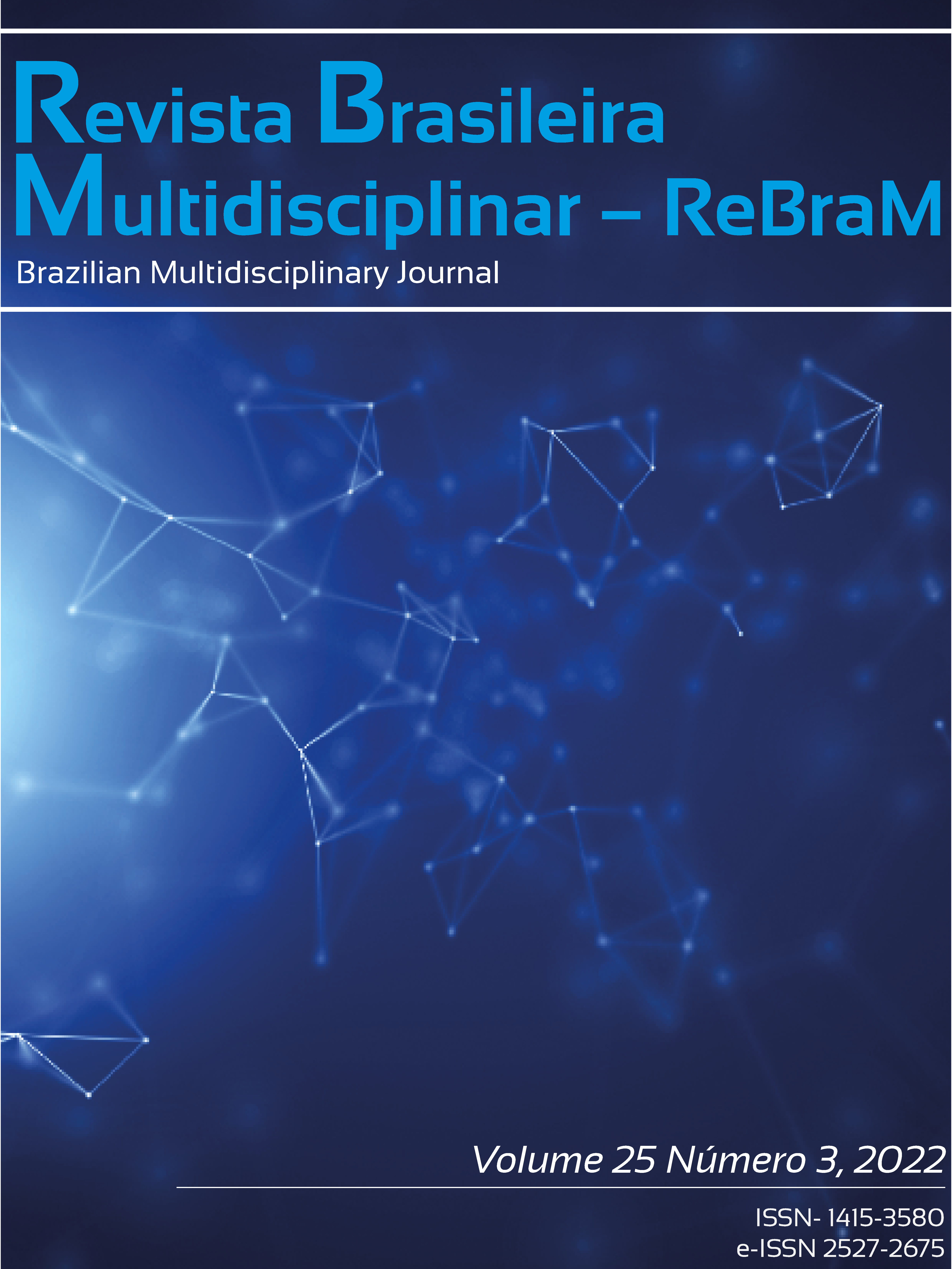LEPROSY IN THE POPULATION OVER 60 YEARS IN ALAGOAS: analysis of a historical series
Main Article Content
Abstract
Among the numerous pathologies that stimulate the functional decline of the elderly, leprosy is worth highlighting. An infectious, chronic and dermatoneurological disease, which compromises the peripheral nerves, and can worsen the functional difficulties assuming a disabling character, in addition to causing physical deformities when not properly treated. In this descriptive study with a quantitative approach, the objective was to analyze the data collected, in order to assess the epidemiological characteristics, clinical diagnosis and classification, through the occurrence of Hansen's disease in the elderly population in relation to other age groups in the state of Alagoas between the years of 2007 to 2020, based on data from the Notifiable Diseases Information System (SINAN). There was a prevalence of males making up 50.2% of the total population. The largest age group was 29-39, but there was a significant amount of the elderly population affected. As for the operational classification, there was a higher prevalence of the multibacillary form, comprising 798 cases. Regarding the degree of disability, males are more prevalent in cases of disability and physical impairment than females, with grade I affecting most male and female patients. Thus, it is concluded that care and treatment should be assertive and initiated as soon as possible, with a view to reducing, and the disabilities present in degrees of injuries, in the elderly population affected by the disease.
Downloads
Article Details

This work is licensed under a Creative Commons Attribution 4.0 International License.
• The author (s) warrant that the contribution is original and unpublished and that it is not in the process of being evaluated in other journal (s);
• The journal is not responsible for the opinions, ideas and concepts issued in the texts, as they are the sole responsibility of the author (s);
• Publishers have the right to make textual adjustments and to adapt the article to the rules of publication.
Authors retain the copyright and grant the journal the right of first publication, with the work simultaneously licensed under the Creative Commons Attribution License, which allows the sharing of work with acknowledgment of authorship and initial publication in this journal.
Authors are authorized to take additional contracts separately, for non-exclusive distribution of the version of the work published in this journal (eg publish in institutional repository or as book chapter), with acknowledgment of authorship and initial publication in this journal.
Authors are allowed and encouraged to publish and distribute their work online (eg in institutional repositories or on their personal page) at any point before or during the editorial process, as this can generate productive changes as well as increase the impact and citation of the published work (See The Effect of Free Access) at http://opcit.eprints.org/oacitation-biblio.html





